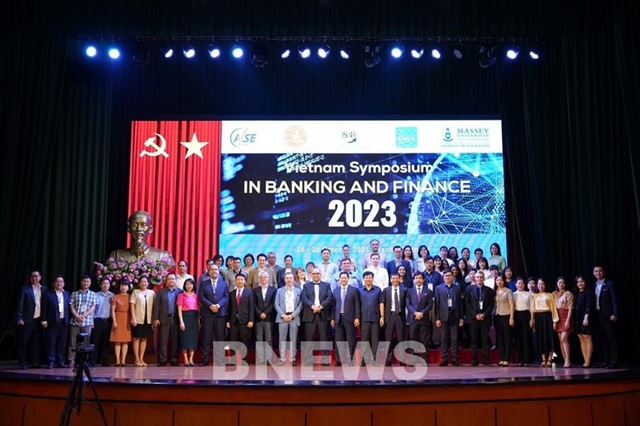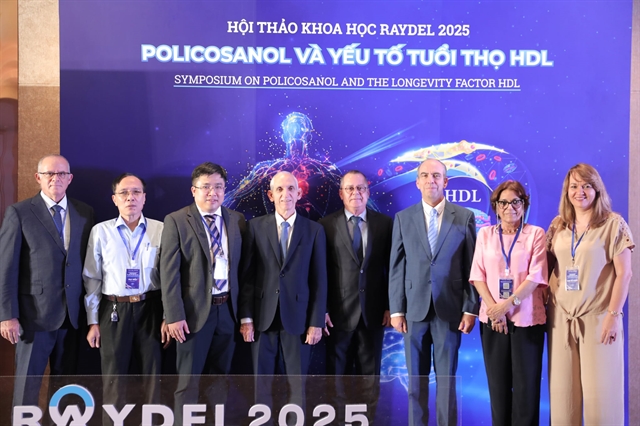 Economy
Economy

 |
| Asia and Pacific economies must enhance their financial inclusion based on new financial technologies (fintech), senior officials said on Thursday at a high-level Asian Development Bank (ADB) seminar.— Photo vov.vn |
by Hoàng Sơn
“Governments in the region can improve financial inclusion by broadening access to basic digital infrastructure and providing an enabling environment for innovators and entrepreneurs,” said ADB President Takehiko Nakao.
Policymakers in each regional country should consider methods to improve existing regulations to protect consumers from cybercrime and fraud. They should also achieve a balance between innovation and financial stability, Takehiko told the seminar.
The seminar was a part of the 51st ADB Annual Meeting held in the capital city of
It unfolded as policymakers and businesspeople are grappling with a boom in new technologies such as cryptocurrency, machine learning, big data and electronic ledger. These are the tools that can be used to improve the quality and security of the region’s financial system.
In addition, fintech is also seen as a big obstacle for poor households and small businesses in the Asia-Pacific economic region to gain access to financial services. Specialists at the seminar estimated about two billion people in the world have not gained access to finance and half of those live in the Asia-Pacific region.
Seminar panelists agreed that fintech is quite promising as it could help poor communities and groups of people and businesses overcome the challenges they face when they try to gain the collateral required for formal credit deals.
According to Mitsuhio Furusawa, deputy managing director of the International Monetary Fund (IMF), fintech is the most promising way to boost the financial system in
Thanks to fintech, financial services will become more affordable and offer better accessibility to rural residents and small- and medium-sized businesses, he said, adding that local governments will play “a crucial role in creating an environment that promotes financial inclusion while mitigating the risks.” — VNS